Designing for Resilience: Drought-Tolerant Trees and Shrubs for Illinois Projects
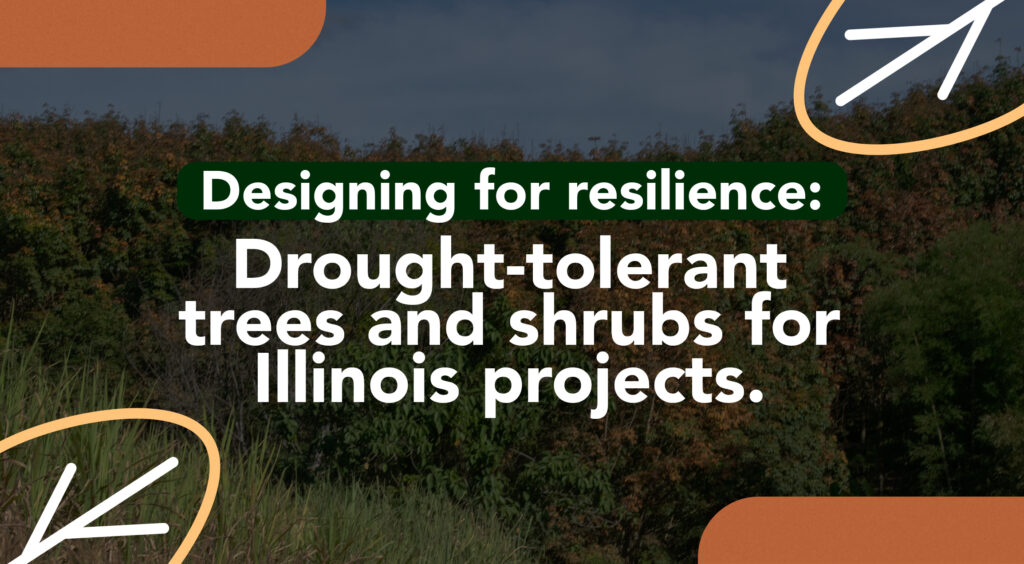
Introduction
With increasingly unpredictable rainfall and rising summer temperatures, designing landscapes that withstand dry conditions has become essential. For Illinois-based architects and landscapers, drought-tolerant plantings offer a way to meet client expectations while conserving water and reducing maintenance.
The Drought Challenge in Illinois
Though Illinois is historically temperate, shifting climate patterns have created extended dry spells especially in July and August. Urban areas are particularly vulnerable due to heat islands and compacted soils that repel water.
Did You Know?
Over 30% of water used in urban environments during summer goes to landscape irrigation often inefficiently.
Top 10 Drought-Tolerant Trees for Illinois
- Ginkgo biloba
- Chinkapin Oak
- Kentucky Coffeetree]
- Hackberry
- Bur Oak
- Serviceberry
- Bald Cypress
- Yellowwood
- River Birch (once established)
- Honeylocust
Top 10 Shrubs for Dry Conditions
- Aronia (Chokeberry)
- Spirea
- Viburnum dentatum
- Amur Maple
- Potentilla
- Juniper
- New Jersey Tea
- Cotoneaster
- Red Twig Dogwood (in loamy soils)
- Smokebush
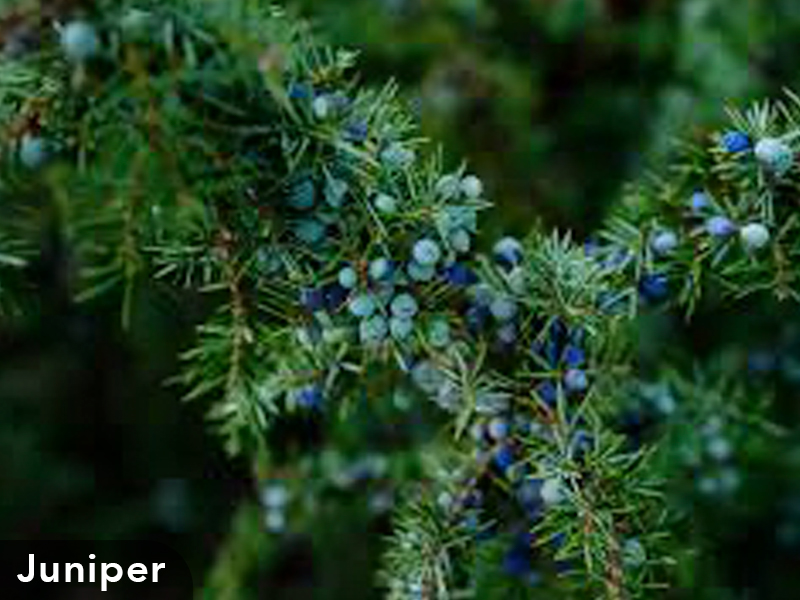
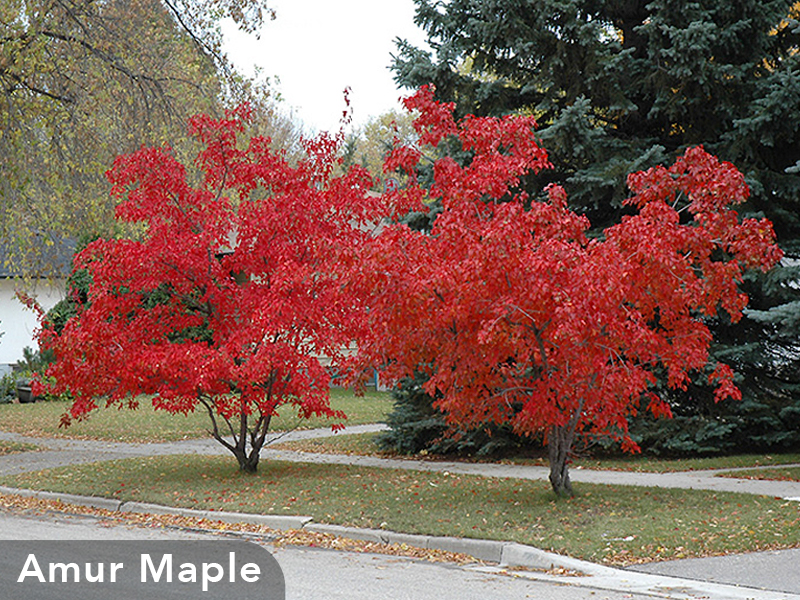
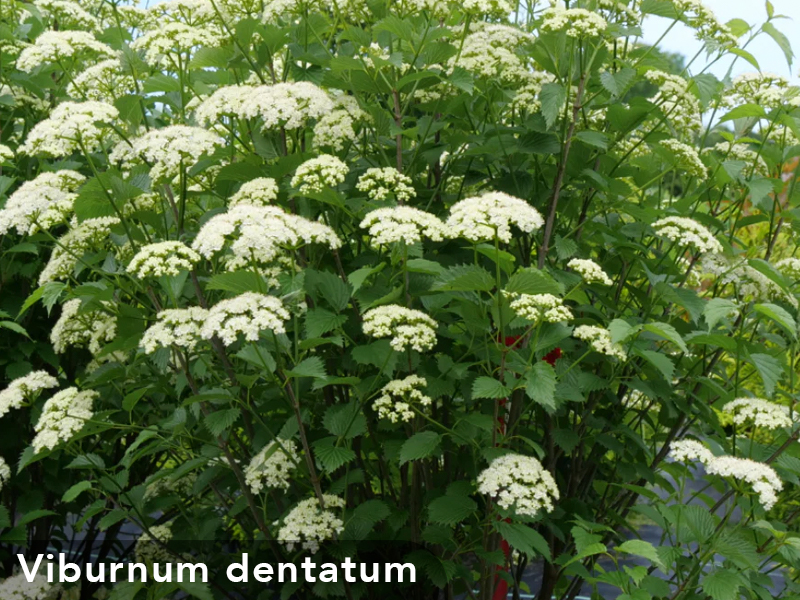
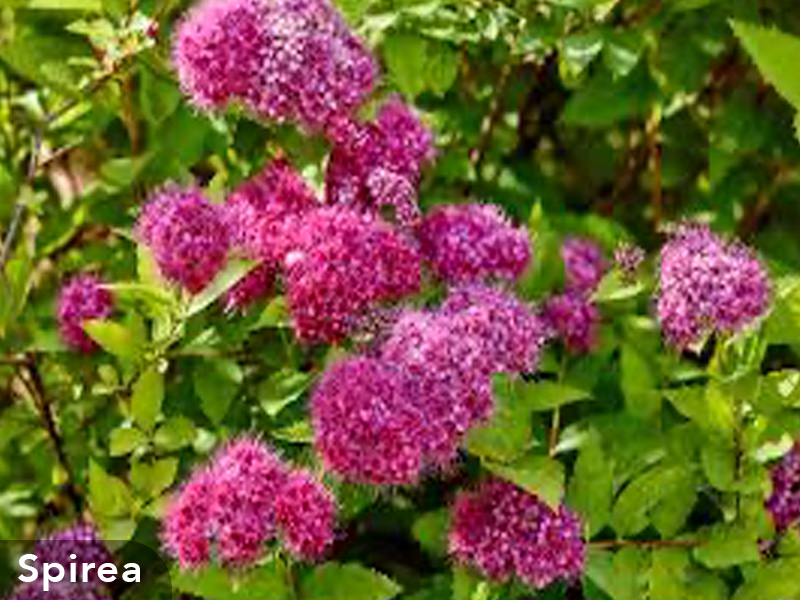
Design Principles for Drought-Resilient Planting
- Group by water needs to reduce overwatering.
- Improve soils using compost and sand blends.
- Reduce turf areas and focus on low-water-use ground covers.
Wholesale Nursery Considerations
- Stock native and drought-adapted plants in bulk.
- Provide literature or tags identifying water-saving features.
- Educate contractors on ideal spacing and maintenance routines.
Municipal and Commercial Applications
- Streetscape projects: Trees with deep taproots and salt tolerance.
- Business parks: Shrubs with year-round interest and low needs.
- Public parks: Native plant installations for educational outreach.
Long-Term Maintenance Savings
- Less irrigation equipment and water costs
- Fewer replacements due to plant failure
- Improved sustainability metrics for LEED and similar certifications
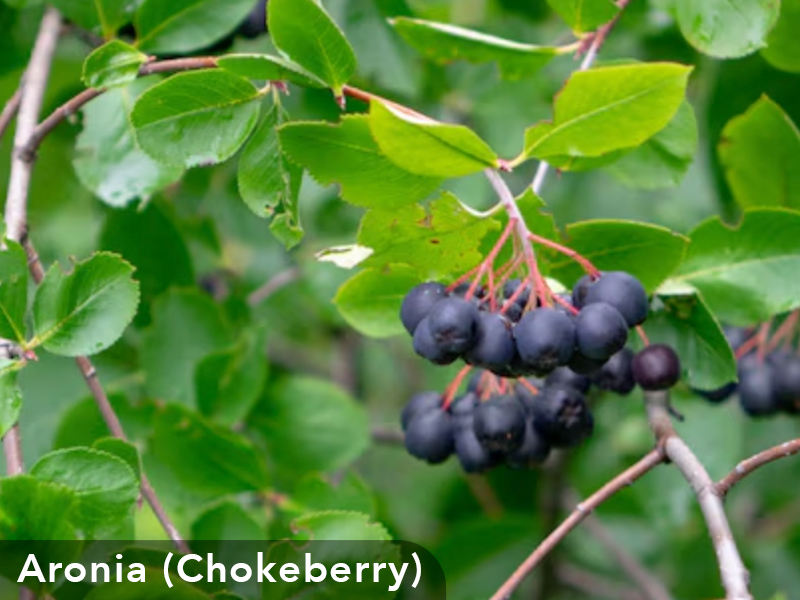
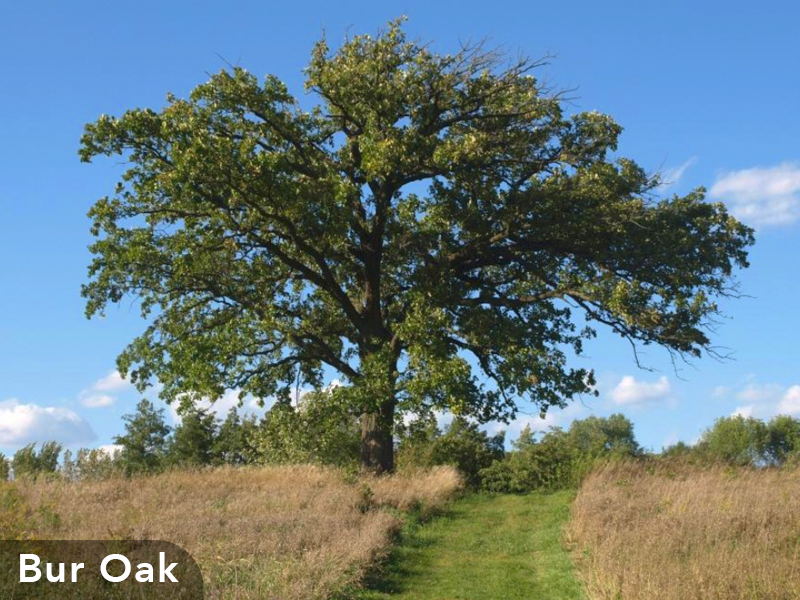
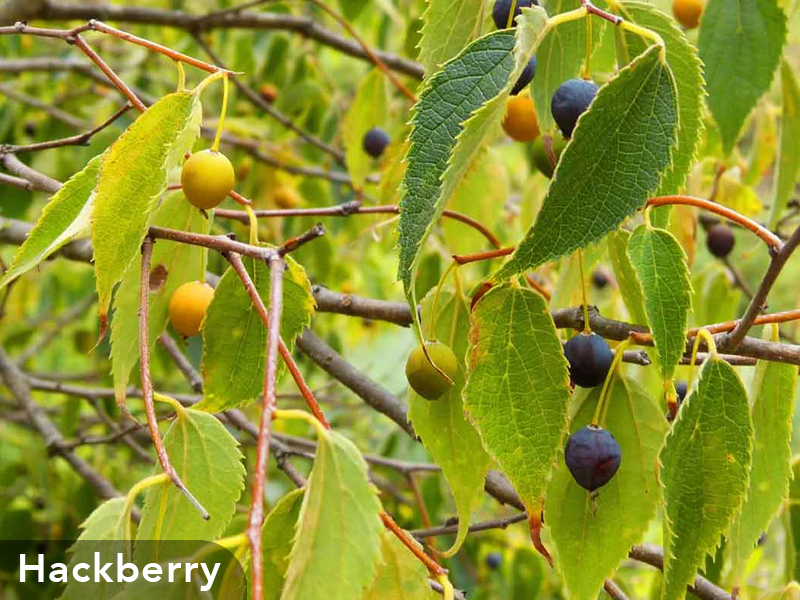
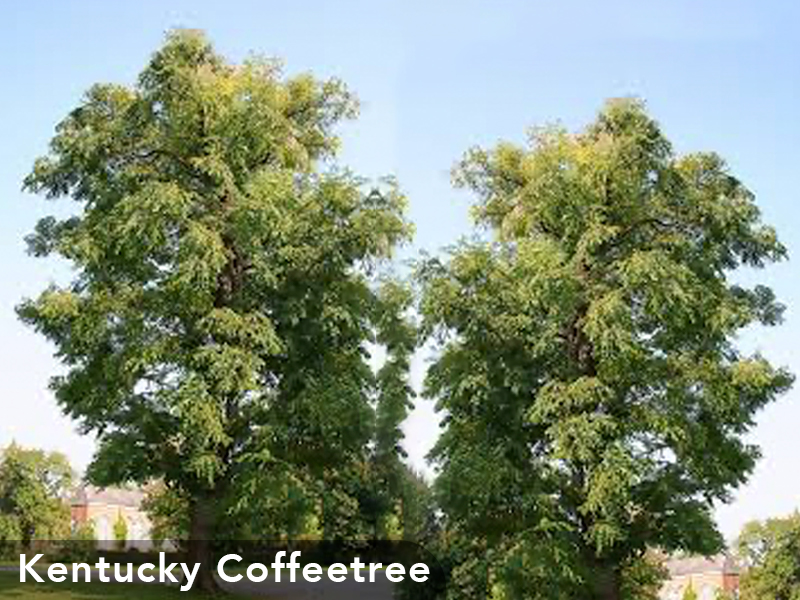

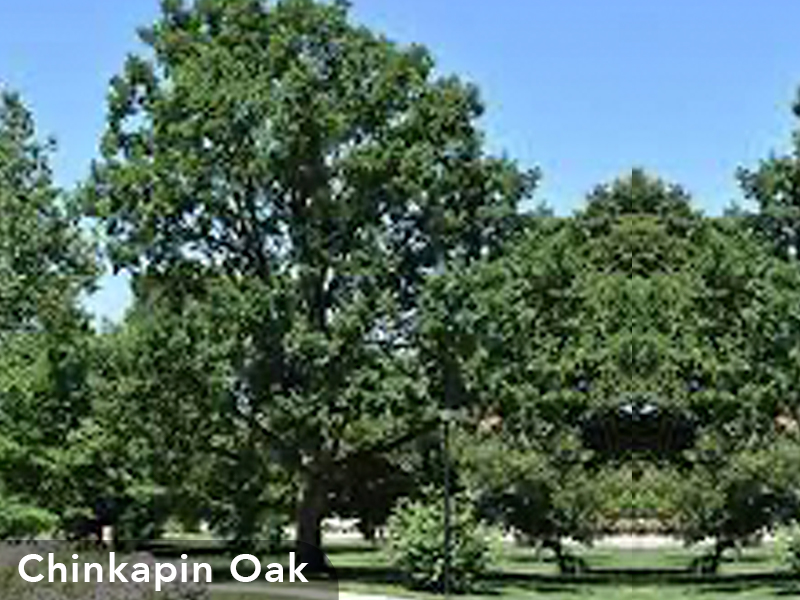
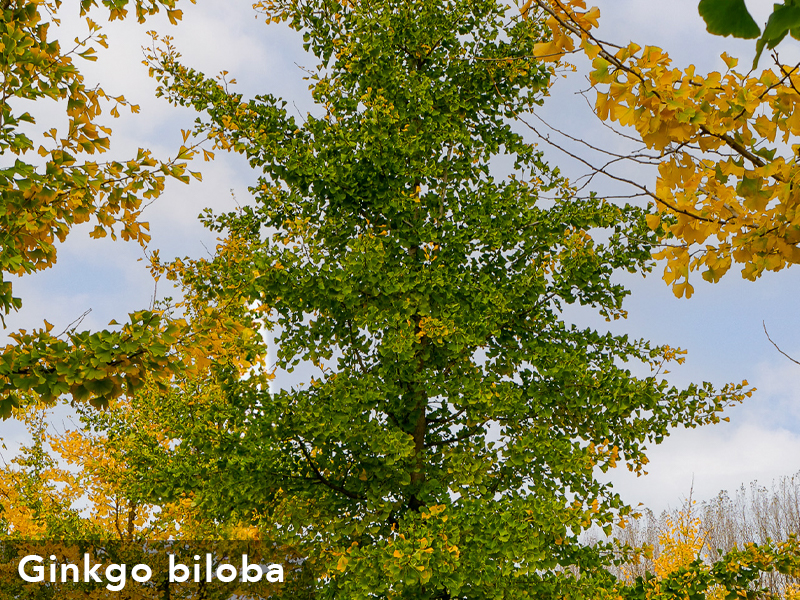





Leave a Reply